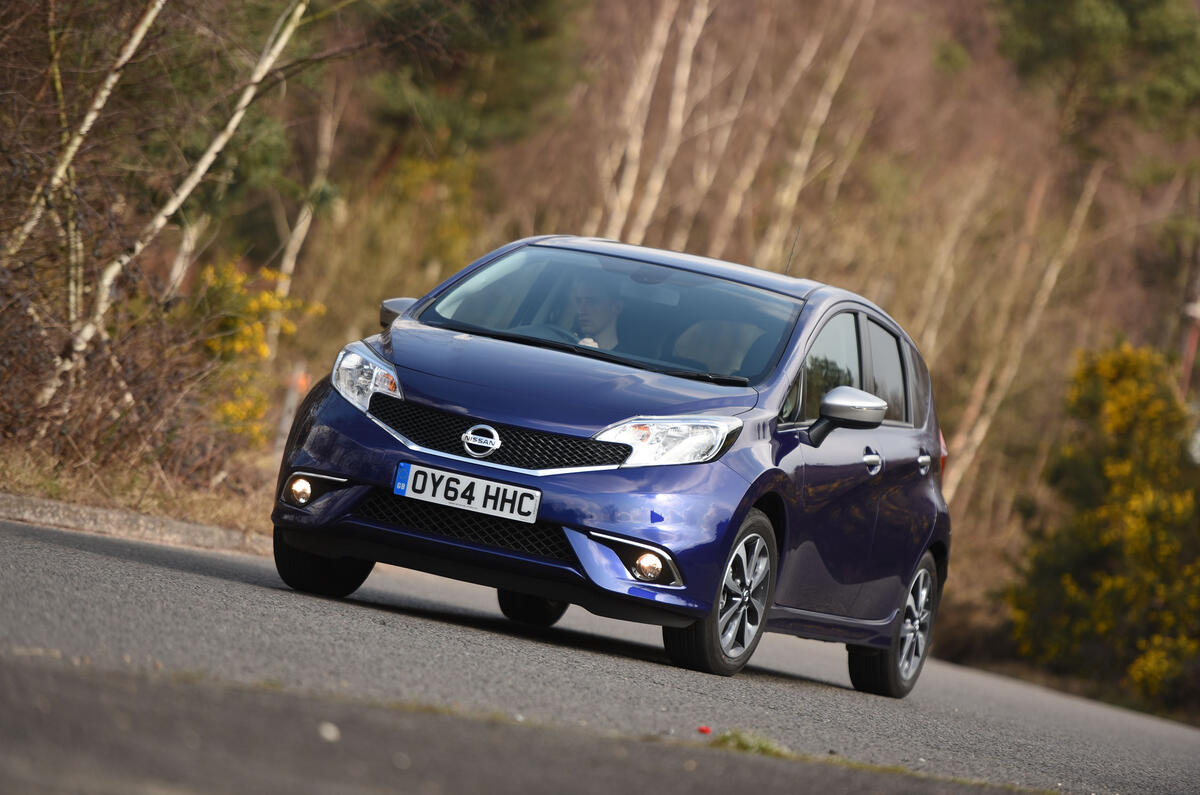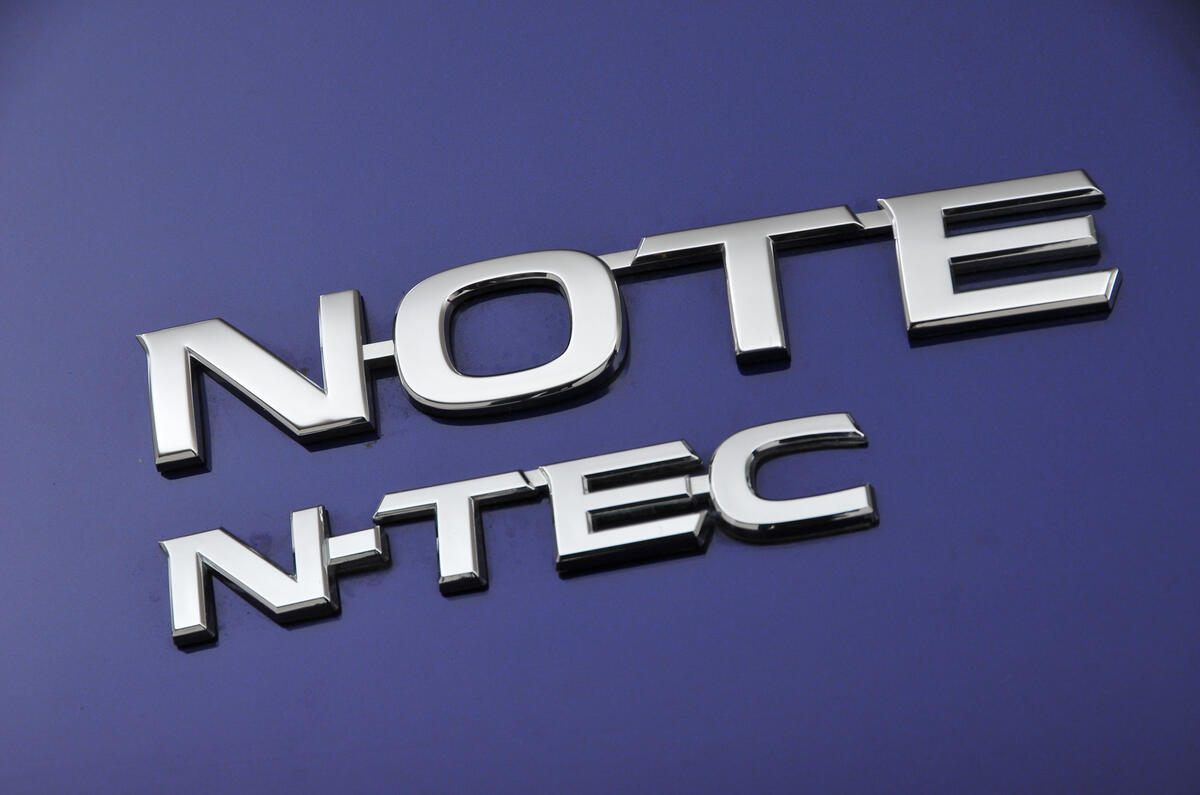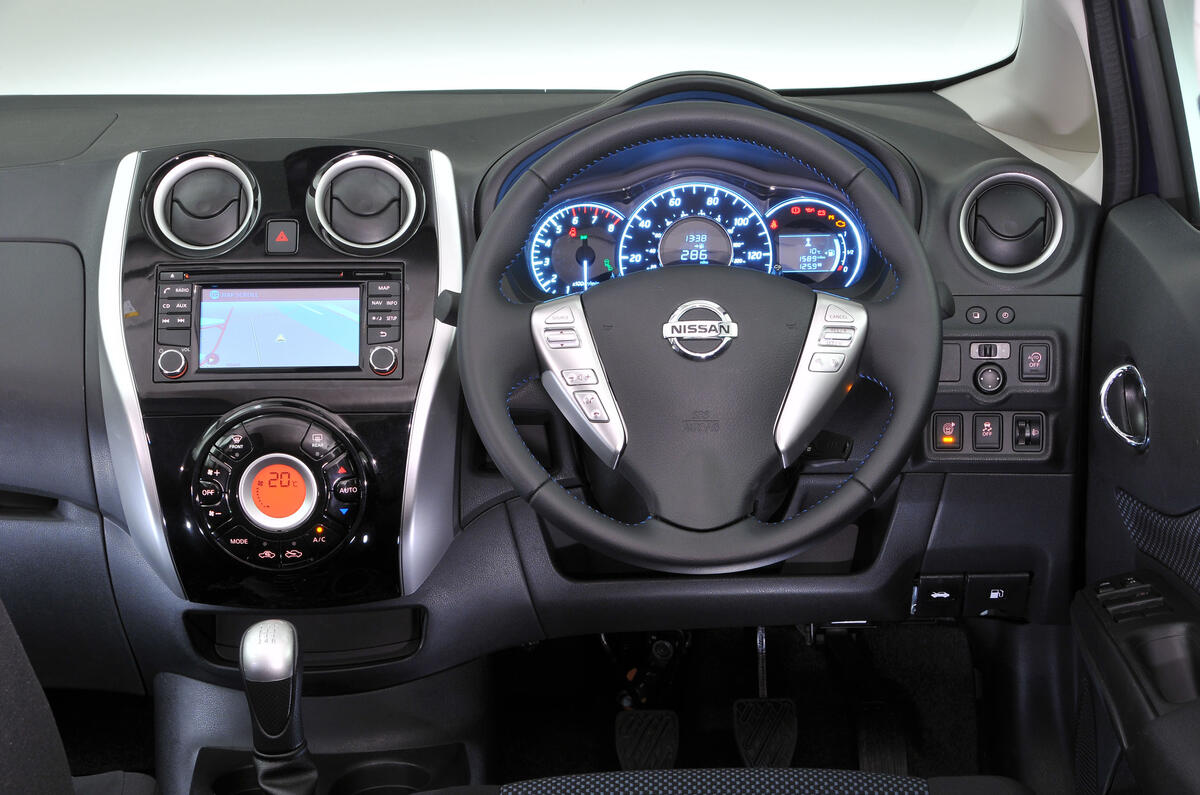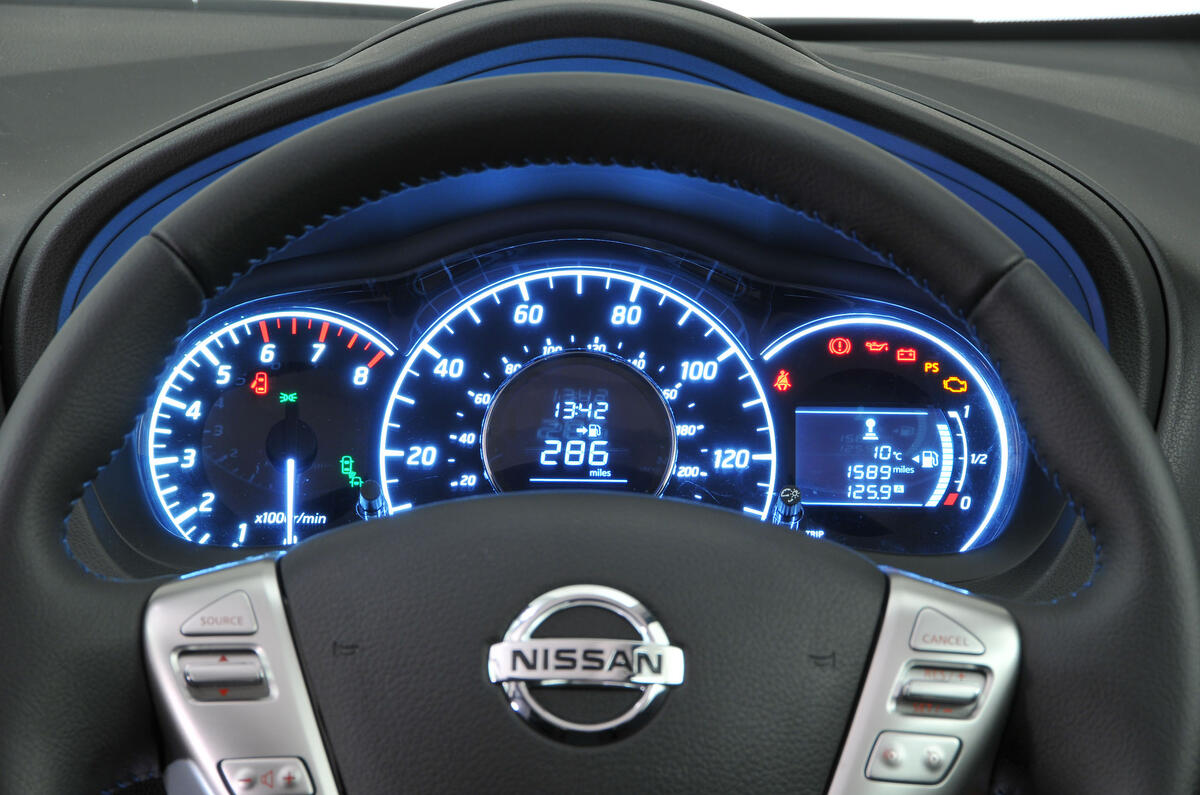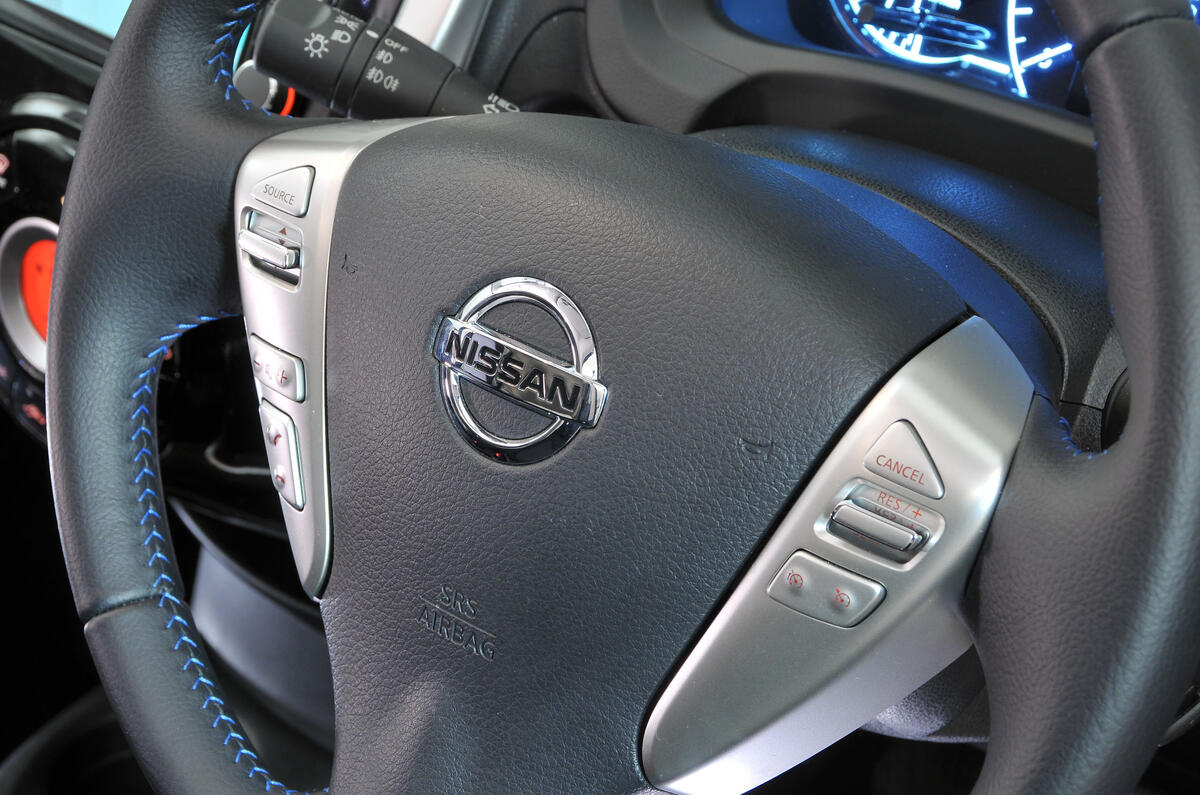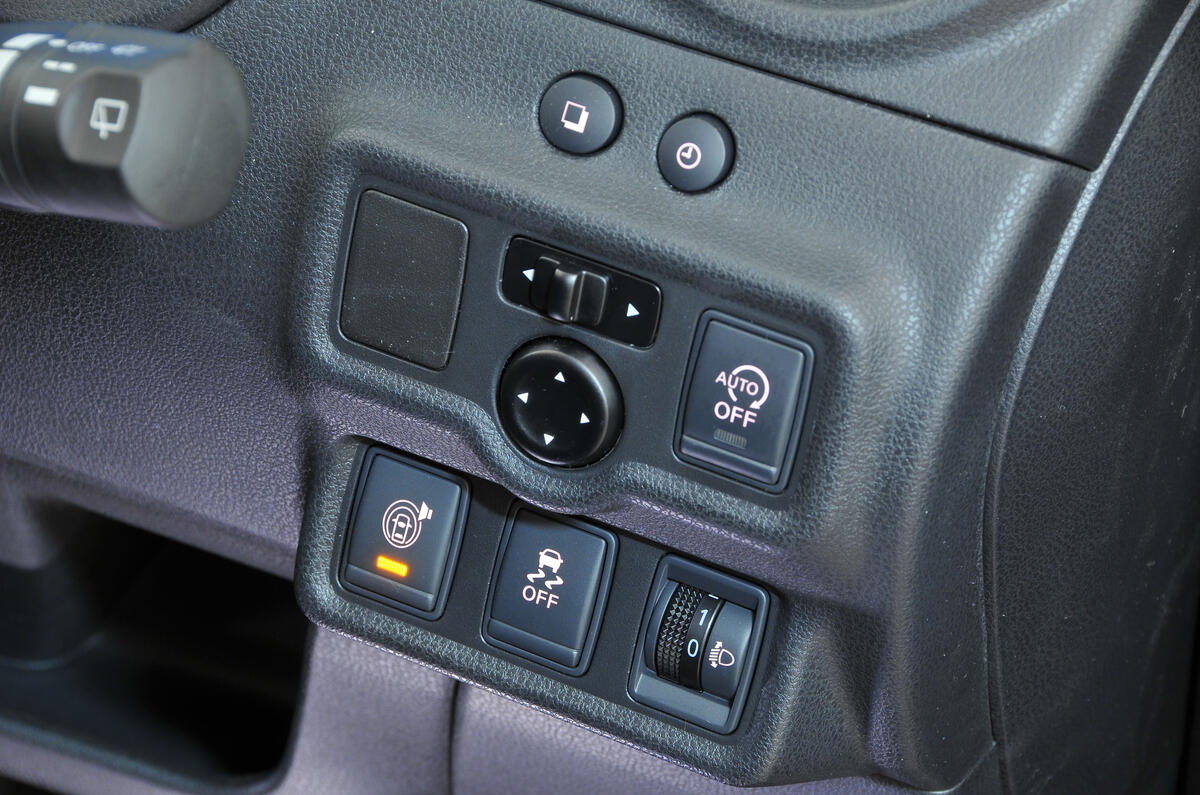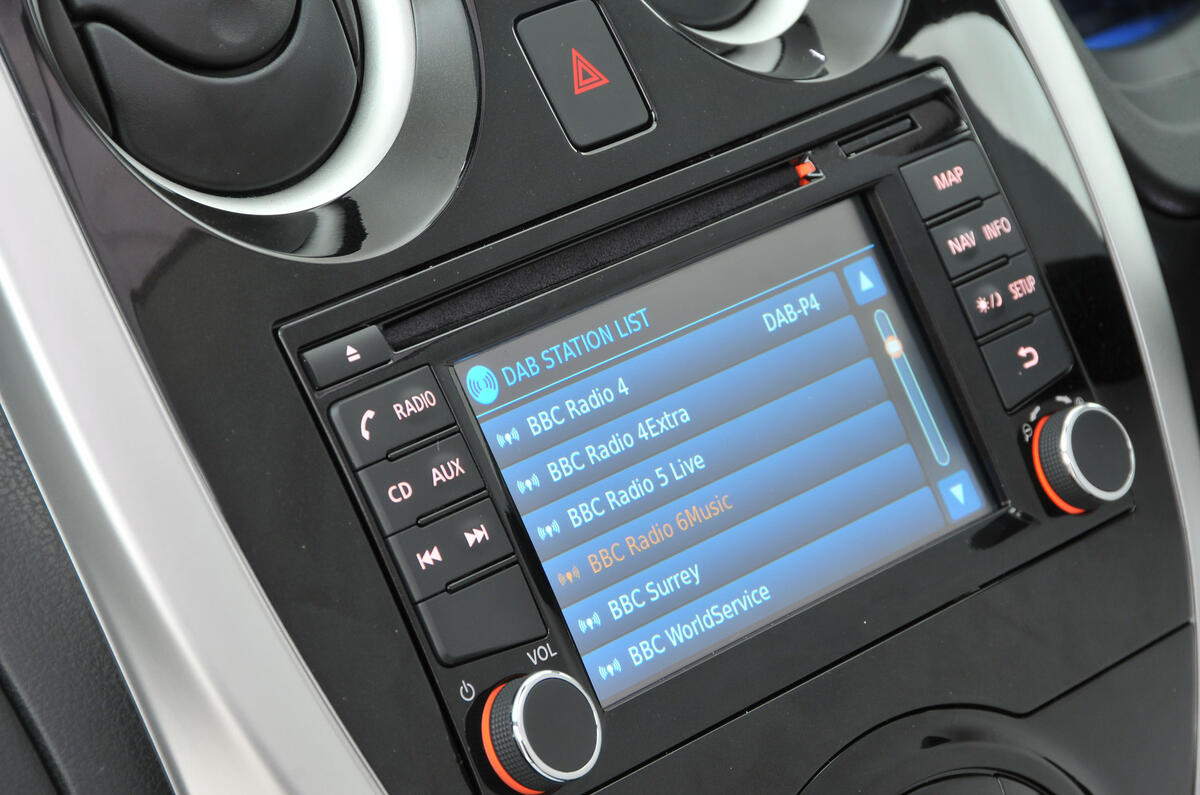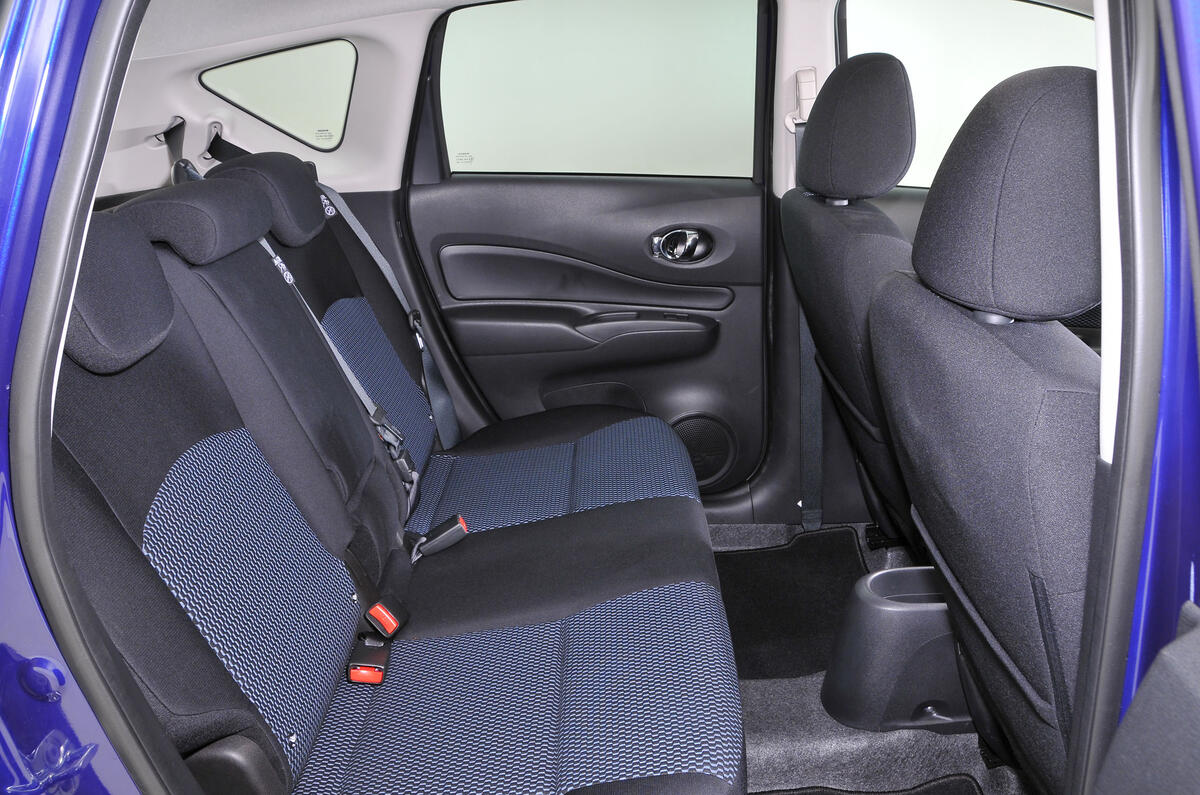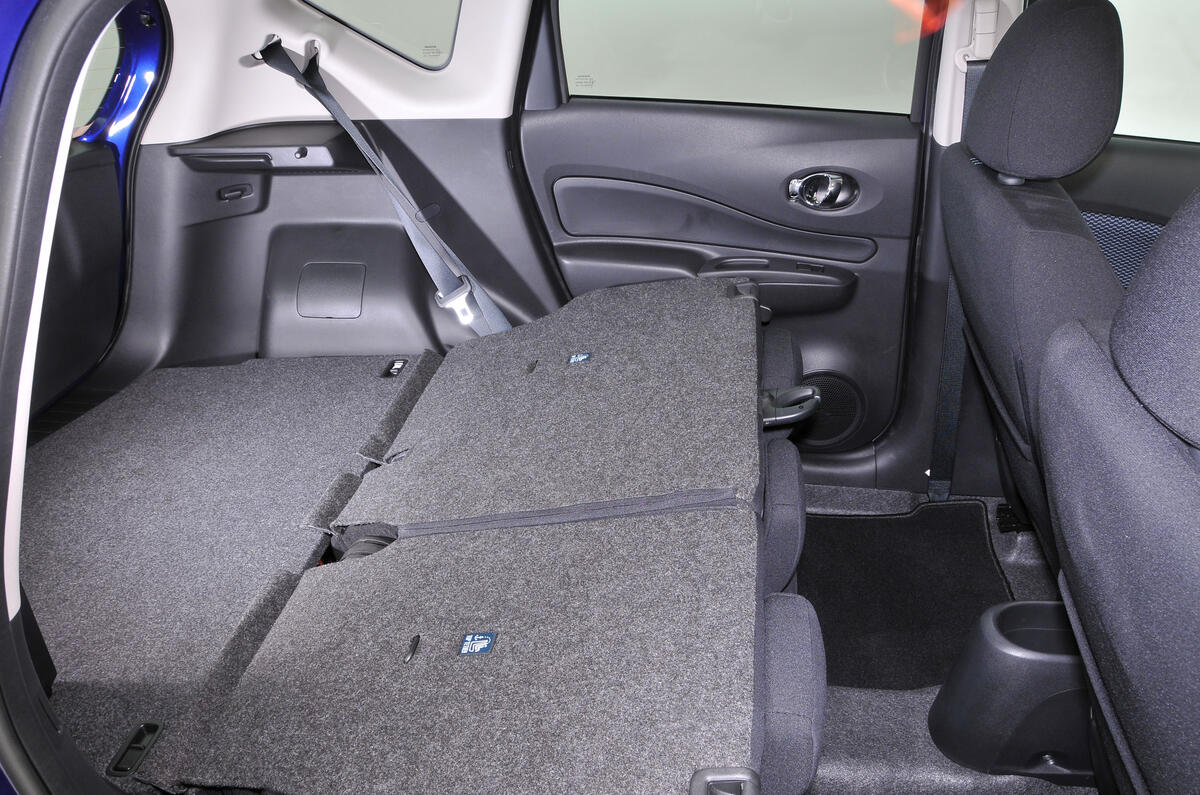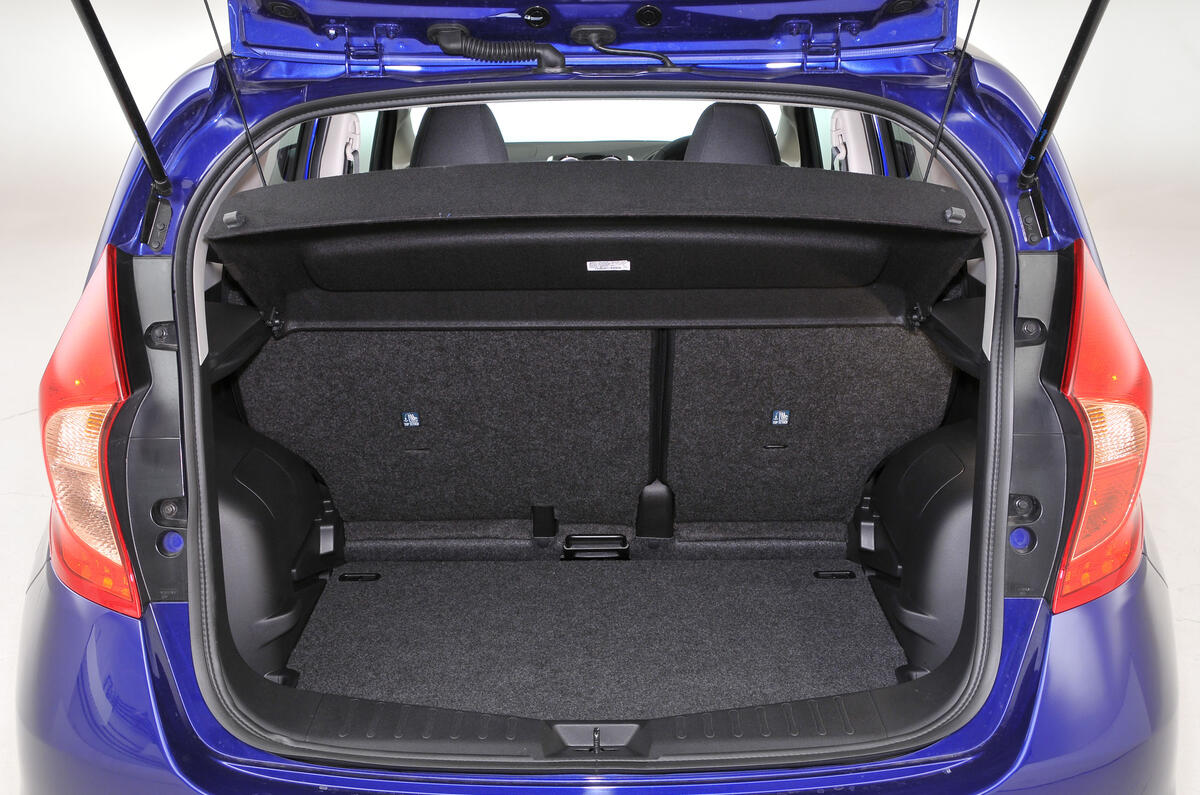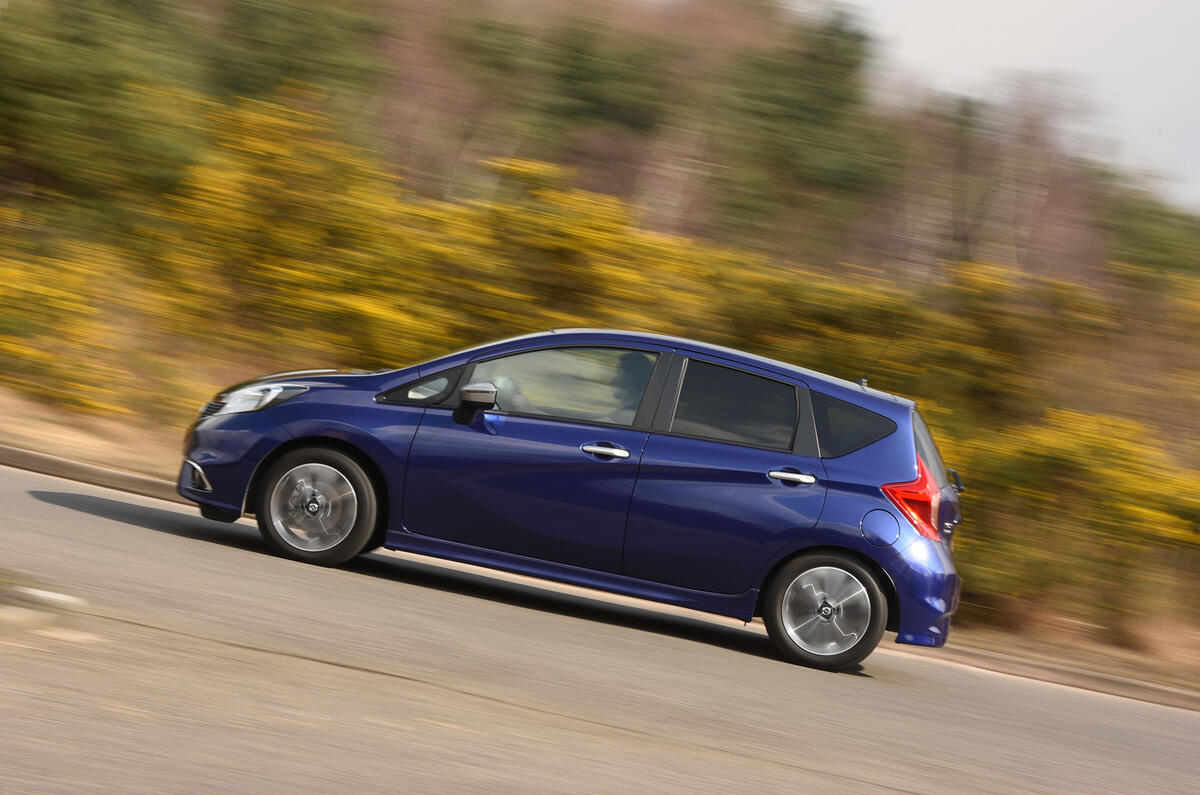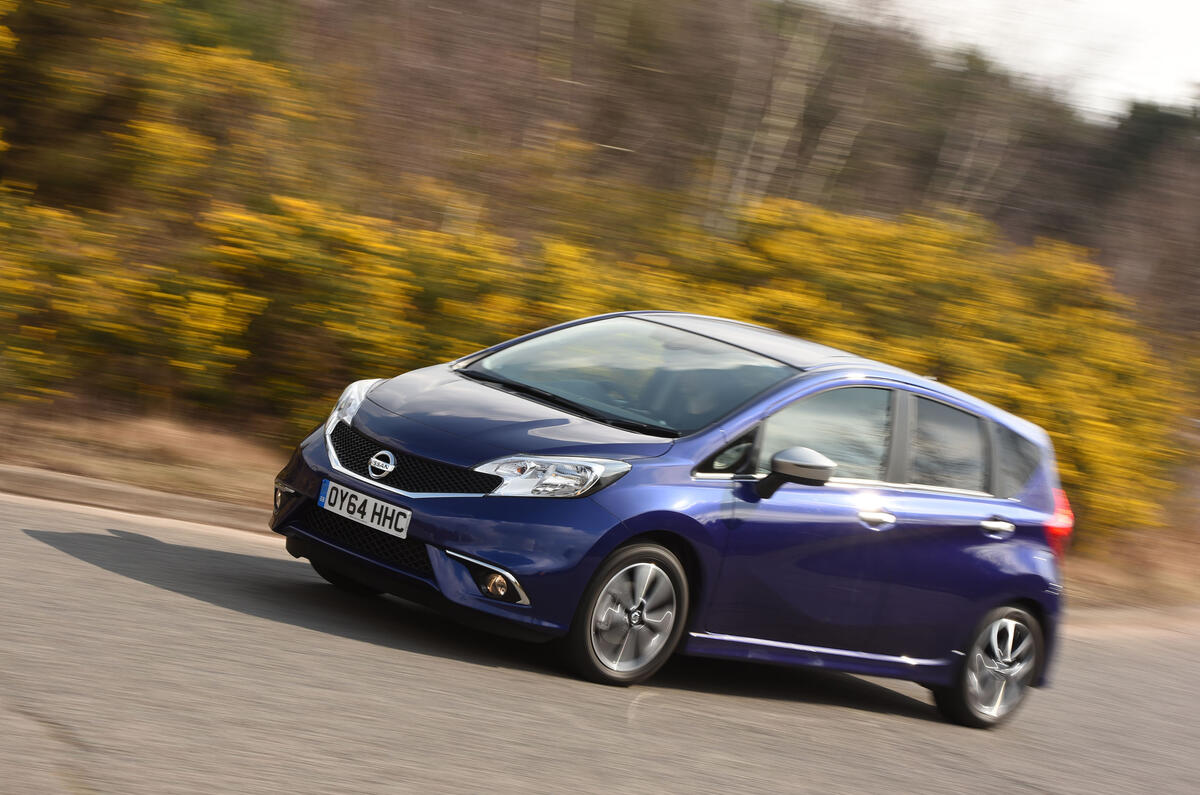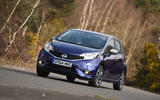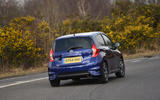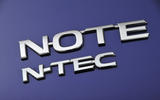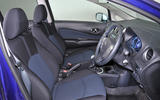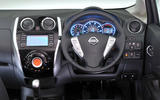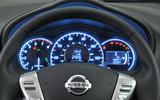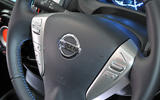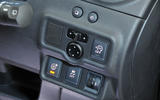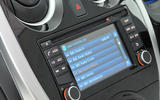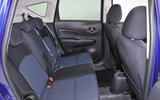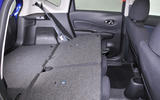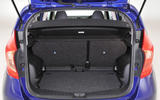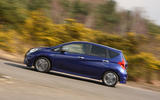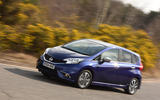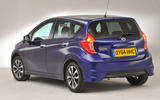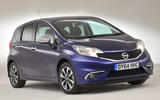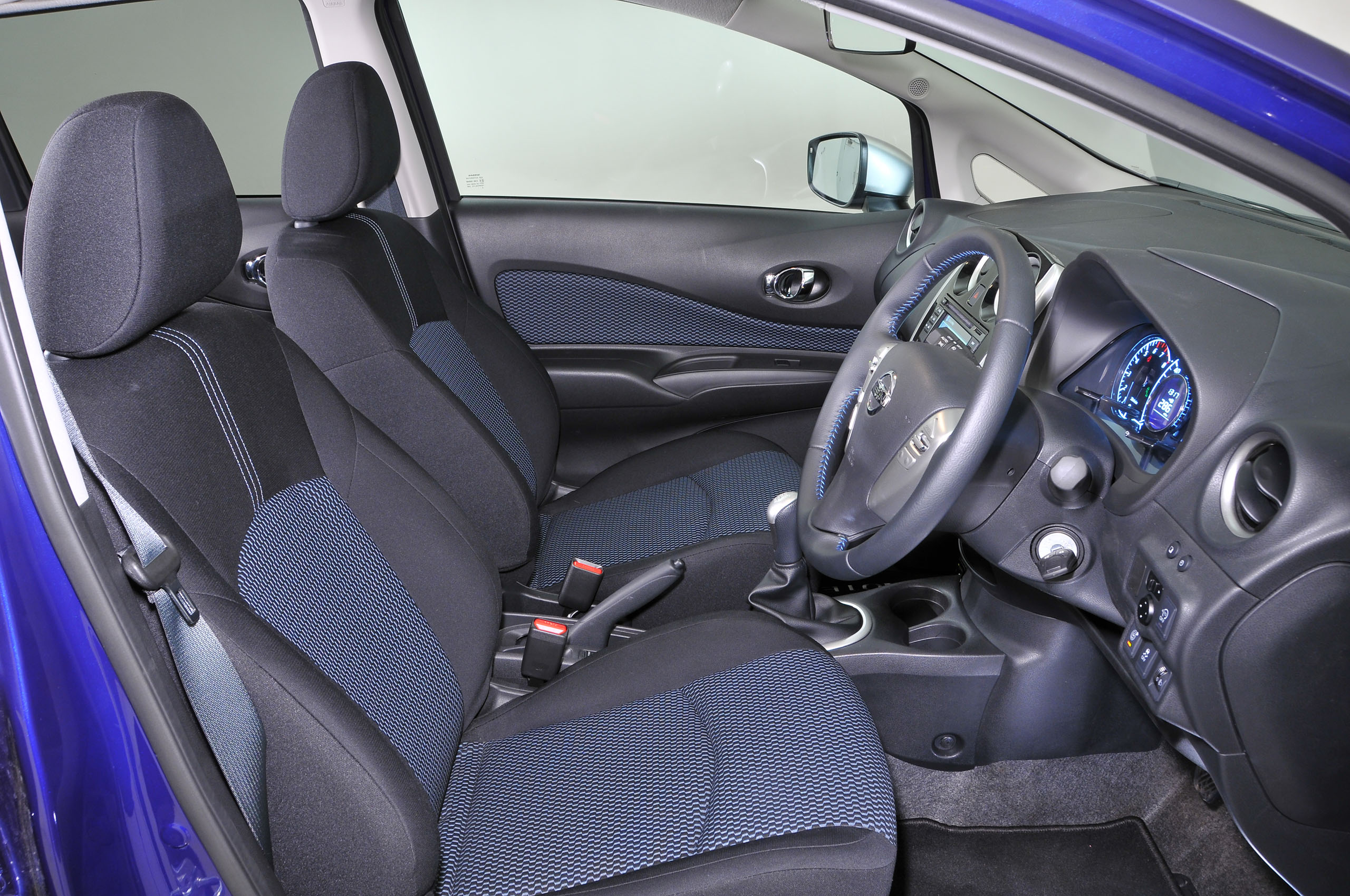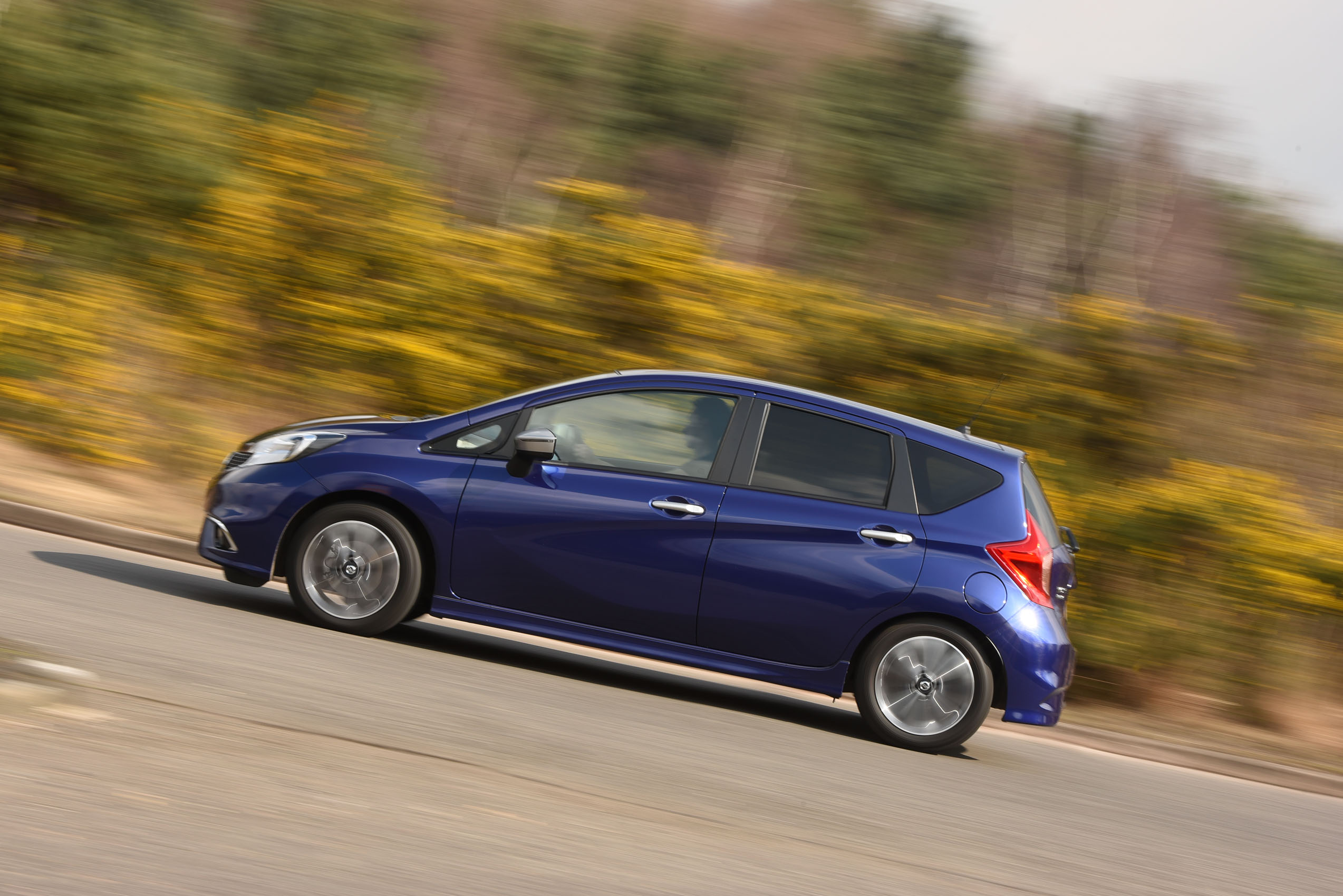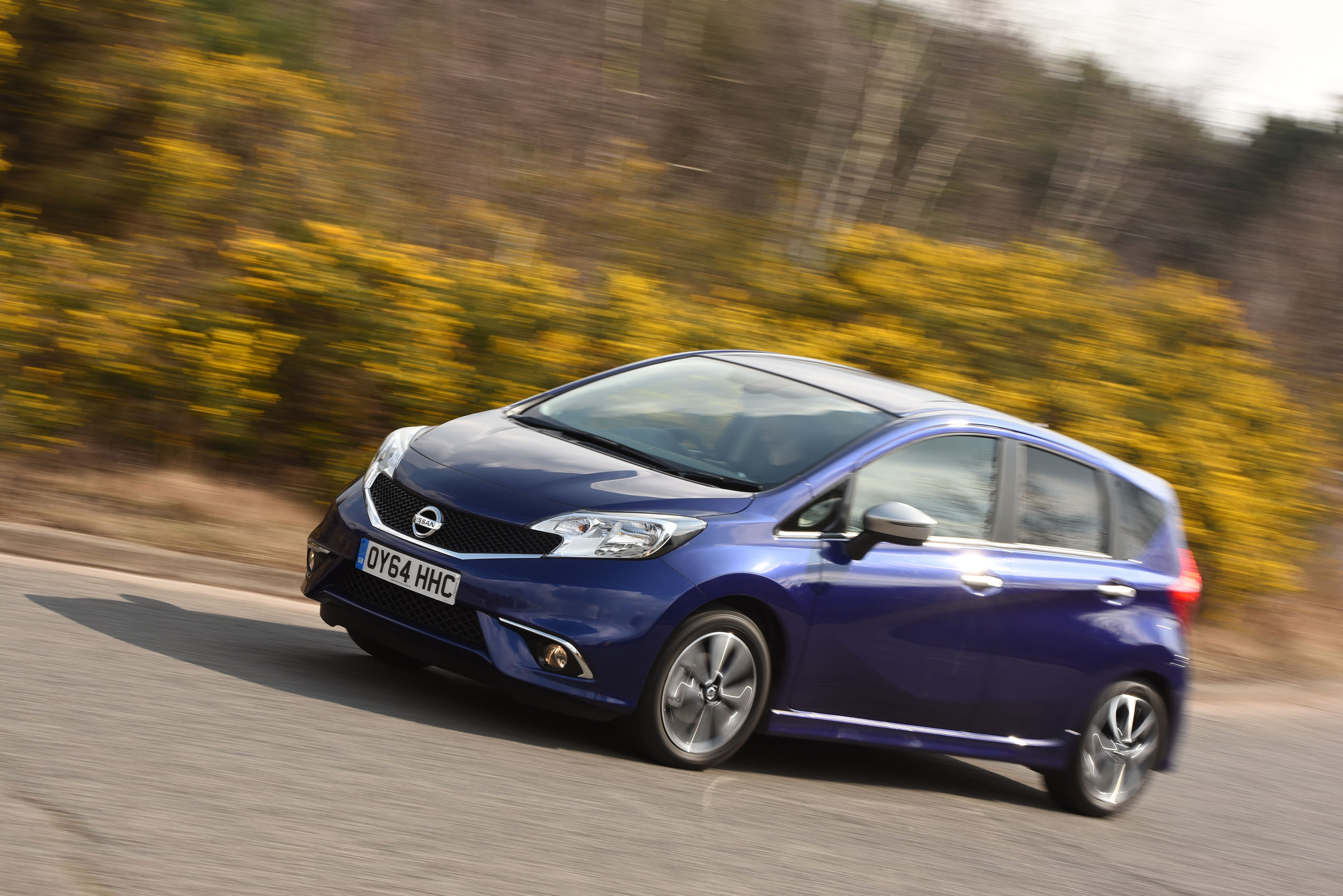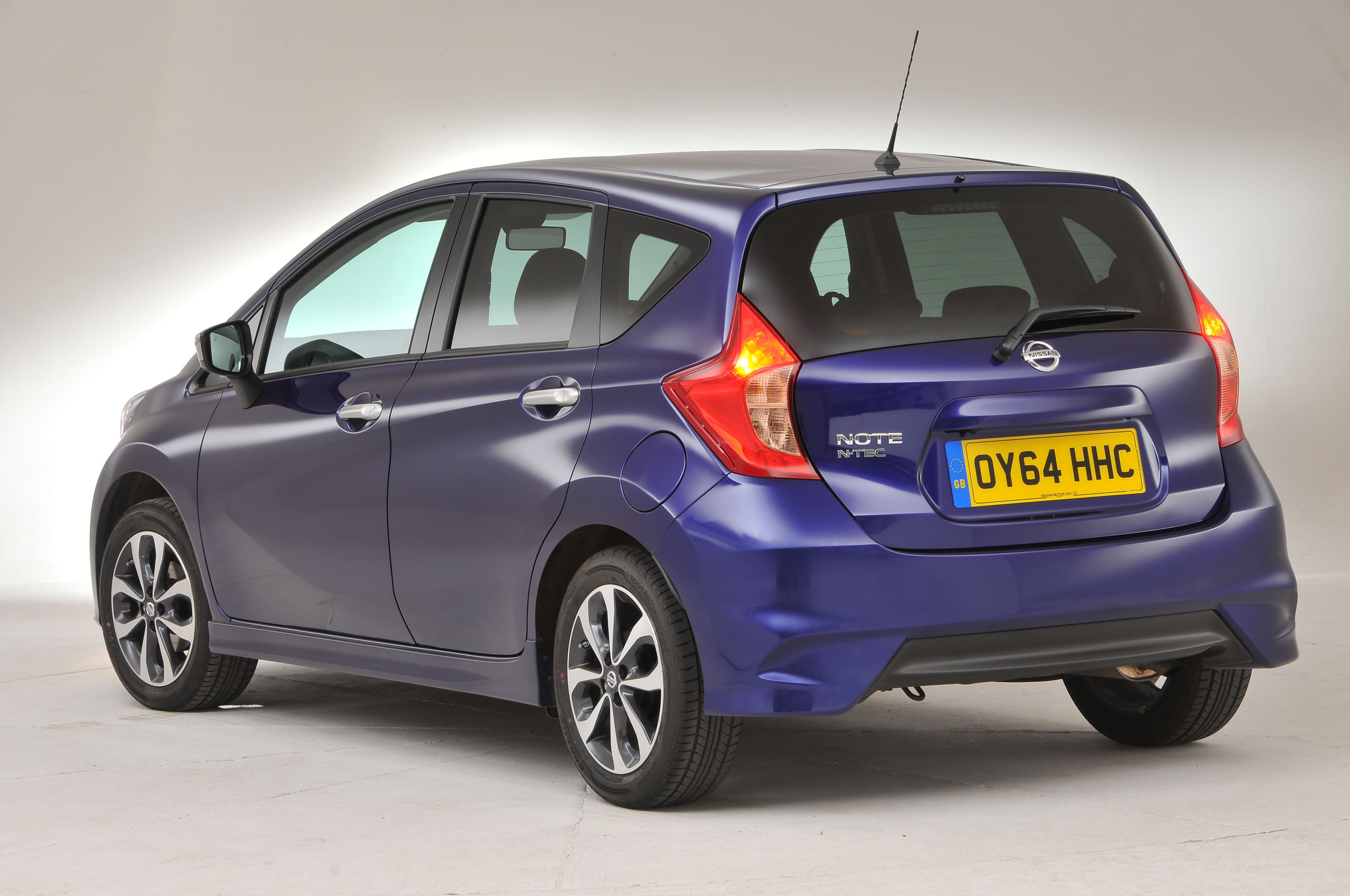The new Nissan Note occupies a segment that's tough to love: that of the supermini-size MPV.
As packed with cost-effective worthiness as they may be, most inflated superminis inspire a level of must-have desire roughly equivalent to that of a built-up shoe.
By seeking to do an unglamorous job in the most inoffensive way possible, most disappear under the car-fancier radar and get hoovered up by mature buyers who sensibly value decent ingress and egress more than a raked B-pillar.
This self-limiting fact has clearly not passed Nissan by. The previous Note was typical of the breed, and although it found a grateful audience (not to mention a four-star road test grade), it was too tall and boxy to effectively battle the cutely turned – and massive-selling – Ford Fiesta and Renault Clio.
The current model, underpinned by an entirely new platform and cleverer engines, seeks to redress that balance. As before, the Note is built in Britain at Nissan's Sunderland factory. Its 'V' (for 'versatile') platform is shared not with the new Renault Clio, despite the Nissan/Renault alliance, but with the current Nissan Micra, albeit suitably enlarged in this instance.
It still claims highly competitive practicality but has adopted a much more typical supermini body that, Nissan hopes, will prove more palatable to a much wider pool of potential customers.


